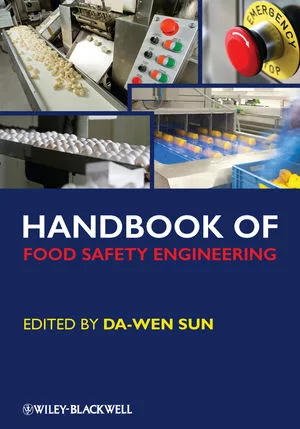OSHA, FSIS and worker safety

OSHA’s emphasis programs focus on specific industries, hazards or other workplace characteristics. More than one emphasis program can apply to a single inspection.
Source: GAO
While robots are taking over dangerous jobs in newer automated meat and poultry plants, the rest still use mostly manual labor. In these facilities, workers may succumb to repetitive motion injuries, cuts and bruises, loss of limbs and exposure to harsh chemicals. For some employees, restroom breaks are difficult to manage due to the distance from their workstation and the availability for someone to fill in.
Not much has changed since 1994, when USDA’s FSIS and OSHA agreed to a memorandum of understanding to improve workplace safety and allow workers to report dangerous conditions. In a recent Government Accountability Office report entitled “Workplace Safety and Health: Better Outreach, Collaboration, and Information Needed to Protect Workers at Meat and Poultry Plants,” the GAO has brought the memorandum back to the forefront, stating that much unaccomplished work remains and most employees still feel they’ll lose their jobs if they complain about any unsafe conditions to OSHA.
Though FSIS inspectors work on-site with processing plant employees, the inspectors have often felt it best not to make waves either, thinking they could lose their federal jobs. Since workers at meat and poultry plants include both plant and FSIS employees, OSHA officials may inspect FSIS, the plant employer or both when it receives a complaint or referral about possible hazards at the plant, says the GAO report.
While OSHA has increased its number of annual inspections from 177 in 2005 to 244 in 2016, this increase hasn’t been the result of OSHA simply being more efficient and incorporating more programmed inspections into its routine. Rather, it’s the result of more injuries being reported, causing additional forced, or unprogrammed, OSHA inspections.
Programmed inspections are planned based on injury incidence rates, previous citation history or random selection. For example, OSHA’s emphasis programs focus inspections on a particular safety or health hazard or a specific industry. Unprogrammed inspections are conducted in response to imminent danger, fatalities, worker complaints, referrals and catastrophic events (e.g., hospitalizations).
Though FSIS inspects meat and poultry, the agency is also required to establish and maintain a comprehensive and effective occupational safety and health program for its employees, which is consistent with OSHA’s standards. However, OSHA is responsible for overseeing the safety and health of nonfederal plant workers. FSIS administers its own occupational safety and health program and investigates safety concerns of FSIS inspectors.
FDA, FSIS, EPA and OSHA all play roles in regulating the use of chemicals at meat and poultry plants. According to the GAO study, antimicrobial food additives, such as peracetic acid applied to meat and poultry, have come into question in terms of whether they represent a workplace health hazard.
Looking for quick answers on food safety topics?
Try Ask FSM, our new smart AI search tool.
Ask FSM →
OSHA faces challenges identifying worker concerns, responding to medical management and gaining entry into some plants. Workers in four states interviewed by GAO said they fear dismissal or other punishment if they complain to OSHA about their workplace concerns, such as sustaining injuries.
OSHA and FSIS’s collaboration on worker safety and health is specified in the 1994 memorandum of understanding, but efforts to implement and evaluate this agreement have been limited, says GAO. The memorandum calls for FSIS inspectors who observe hazards to plant workers or inspectors to refer them to OSHA via FSIS headquarters, but this has not been effective.
GAO has made seven recommendations, some of which include that the assistant secretary of labor for OSHA should: take additional steps to encourage workers to disclose sensitive concerns during OSHA inspections of meat and poultry plants; gather more information on bathroom accessibility; update OSHA’s guidance for employers on how to manage their health units to address these challenges; and work with FSIS to implement the memorandum, making any needed changes to ensure improved collaboration.
In addition, the FSIS administrator should work with OSHA on the memorandum in the same manner and share on a regular basis the worker safety information it collects from reviews of new chemicals with FSIS inspectors, plant management and NIOSH. The director of NIOSH should look further into the use of peracetic acid and other chemicals and their safety/health risks in meat and poultry plants, the report recommends.
For more information on the study, visit www.gao.gov/products/GAO-18-12.









